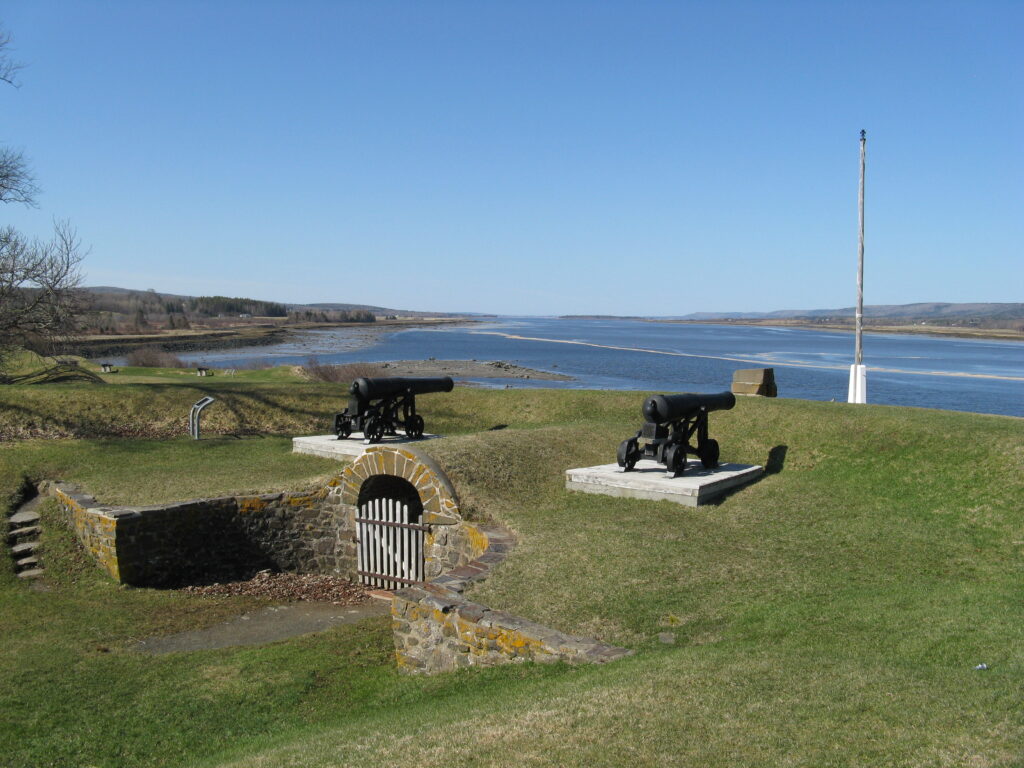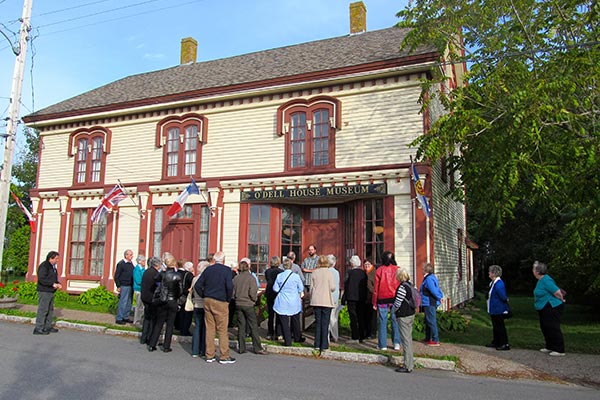Annapolis County is a county in the Canadian province of Nova Scotia located in the western part of the province on the Bay of Fundy. Take a look below for 14 interesting and amazing facts about Annapolis.
1. The county seat is Annapolis Royal.
2. Established August 17, 1759, by Order in Council, Annapolis County took its name from the town of Annapolis Royal which had been named in honour of Anne, Queen of Great Britain.
3. It was near the previous site of Port Royal, the chief Acadian settlement in the area.

4. The Acadians had been forcibly removed by British government officials in the 1755 Grand Dérangement.
5. In 1817 the population of the county was 9,817, and that had grown to 14,661 by 1827.
6. At that time, the county was divided into six townships: Annapolis, Granville, Wilmot, Clements, Digby and Clare.

7. By 1833, a number of reasons had been advanced for making two counties out of Annapolis County.
8. Two petitions were presented to the House of Assembly in that year requesting that the county be divided.
9. However, it was not until 1837 that Annapolis County was divided into two distinct and separate counties – Annapolis and Digby.

10. As a census division in the 2016 Census of Population conducted by Statistics Canada, Annapolis County recorded a population of 20,591 living in 9,377 of its 11,391 total private dwellings, a change of -0.8% from its 2011 population of 20,756.
11. With a land area of 3,189.14 km2 (1,231.33 sq mi), it had a population density of 6.5/km2 (16.7/sq mi) in 2016.
12. Forming the majority of the Annapolis County census division, the Municipality of the County of Annapolis recorded a population of 18,252 living in 8,188 of its 10,047 total private dwellings in the 2016 Census of Population, a change of -1.5% from its 2011 population of 18,526.

13. With a land area of 3,178.21 km2 (1,227.11 sq mi), it had a population density of 5.7/km2 (14.9/sq mi) in 2016.
14. There are 10,404 households out of which 26.06% have children living with them, 36.50% are married couples living together, 25.46% are one-person households, and 11.98% are other household types.




